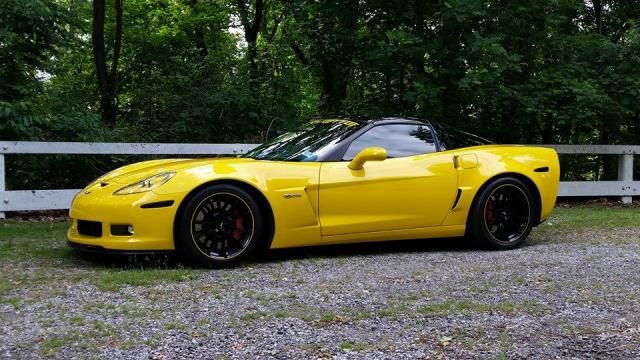It's not using poor conditions, the car runs factory wide bands in closed loop, it follows a commanded lambse. A few detected trims to trigger a learn mode inside of fractions of a second is nothing to worry about, using this setup on one of the best selling vehicles in the country if not the world (F150), I'd say it's well thought out, and works perfectly. I'm sure your setup does have fail safes, it would not be a great idea to just rely on an external sensor.
If a wideband goes out on a Ford vehicle it goes into limp mode, and the ETC will not open all of the way, nor can the car hurt itself or go wide open. You don't have to like the setup, nor am I making an argument that one way works better than the other. I do disagree with you saying Ford's method isn't optimal or ideal, it's been proven to work quite as well as an external sensor does.
Many vehicles have fail safes built into them too btw. A lot of cars will throw a CEL or a too rich or lean condition, which is usually around 15% (I can't speak for all cars), there are also IAT vs timing tables, fuel enrichment etc. I'm not telling you something you do not already know. I personally cannot think of a scenario where I need my car to go WOT the second I finish switching from E10 to E85 right out of the gas station parking lot where I cannot let it idle for more than a few minutes while it learns.
In the end, this is a big win for Coyote Mustang owners as they no longer need to drain their tanks and switch tunes.
Worst case scenario in the Ford setup is this, the car didnt finish it's learn cycle, knock sensor picks up activity, and yanks timing. Car runs slow until it learns a few minutes later. End result, alcohol tune for you, and more HP. I mean unless you need to cut a 1.4 60' from the gas pump, this method works fine.













Bookmarks